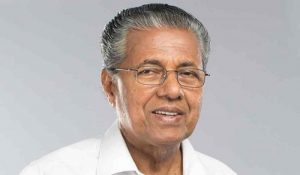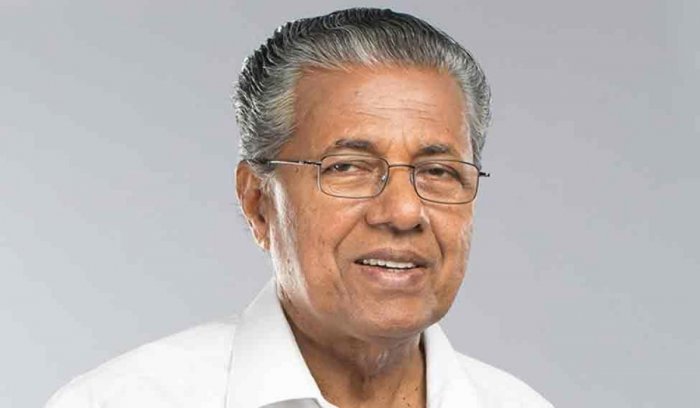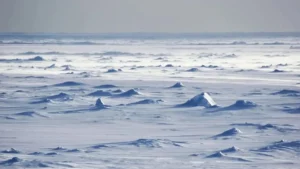
Kerala has become the 8th State in the country to successfully undertake “Ease of Doing Business” reform stipulated by the Department of Expenditure, Ministry of Finance. Kerala has become eligible to mobilise additional financial resources of Rs.2,373 crore through Open Market Borrowings. Permission for the same was issued by the Department of Expenditure on 12th January 2021.
WARRIOR 4.0 | Banking Awareness Batch for SBI, RRB, RBI and IBPS Exams | Bilingual | Live Class
Kerala has now joined the seven other States namely, Andhra Pradesh, Karnataka, Madhya Pradesh, Odisha, Rajasthan, Tamil Nadu and Telangana, who have completed this reform. On completion of reforms facilitating ease of doing business, these eight States have been granted additional borrowing permission of Rs.23,149 crore.
Important takeaways for all competitive exams:
- Kerala CM: Pinarayi Vijayan.
- Kerala Governor: Arif Mohammad Khan.




 Which Indian City is Known as the Footwe...
Which Indian City is Known as the Footwe...
 Which Desert is known as the Cold Desert...
Which Desert is known as the Cold Desert...
 Top-10 News Media Companies in the World...
Top-10 News Media Companies in the World...







